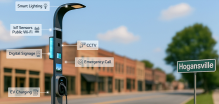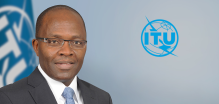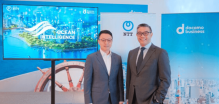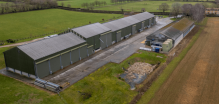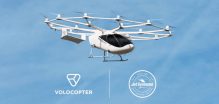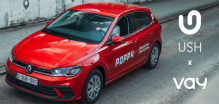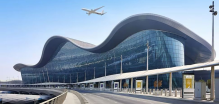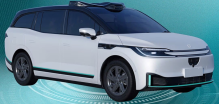The Internet of Things market is diverse and as the market reaches broad-based critical mass, the innovative offering in analytics software, cloud technologies and business and IT services has expanded rapidly.
The analysts that conducted the study estimate that the consumer sector will lead IoT spending growth worldwide with a global CAGR of 19%, the consumer sector will be followed closely by the insurance and healthcare provider industries.
In addition to this, the study revealed that from a total spending perspective, discrete manufacturing and transportation will each exceed $150bn in spending in 2022, making these the two largest industries for IoT spending.
From an enterprise use case perspective, vehicle-to-vehicle (V2V) and vehicle-to-infrastructure (V2I) solutions will experience the fastest spending growth (29 per cent CAGR) over the forecast period, followed by traffic management and connected vehicle security.
"The IoT market is at a turning point - projects are moving from proof of concept into commercial deployments," said Carrie MacGillivray, group vice president, IoT, and mobility.
"Organizations are looking to extend their investment as they scale their projects, driving spending for the hardware, software, services, and connectivity required to enable IoT solutions."
IDC reckons the intersection of multiple technology domains is one key to successfully understanding and developing a supply-side product and market development strategy. The IoT spending guide is described as an "industry-defining" market intelligence tool that details end-user adoption and spending across multiple segmentations.
"We now forecast all 20 standard IDC industries," added Marcus Torchia, research director, customer insights & analysis. "As a result, we are proactively mapping IoT use cases that have segmentations in shared domains, such as in smart cities and digital transformation investment areas."
